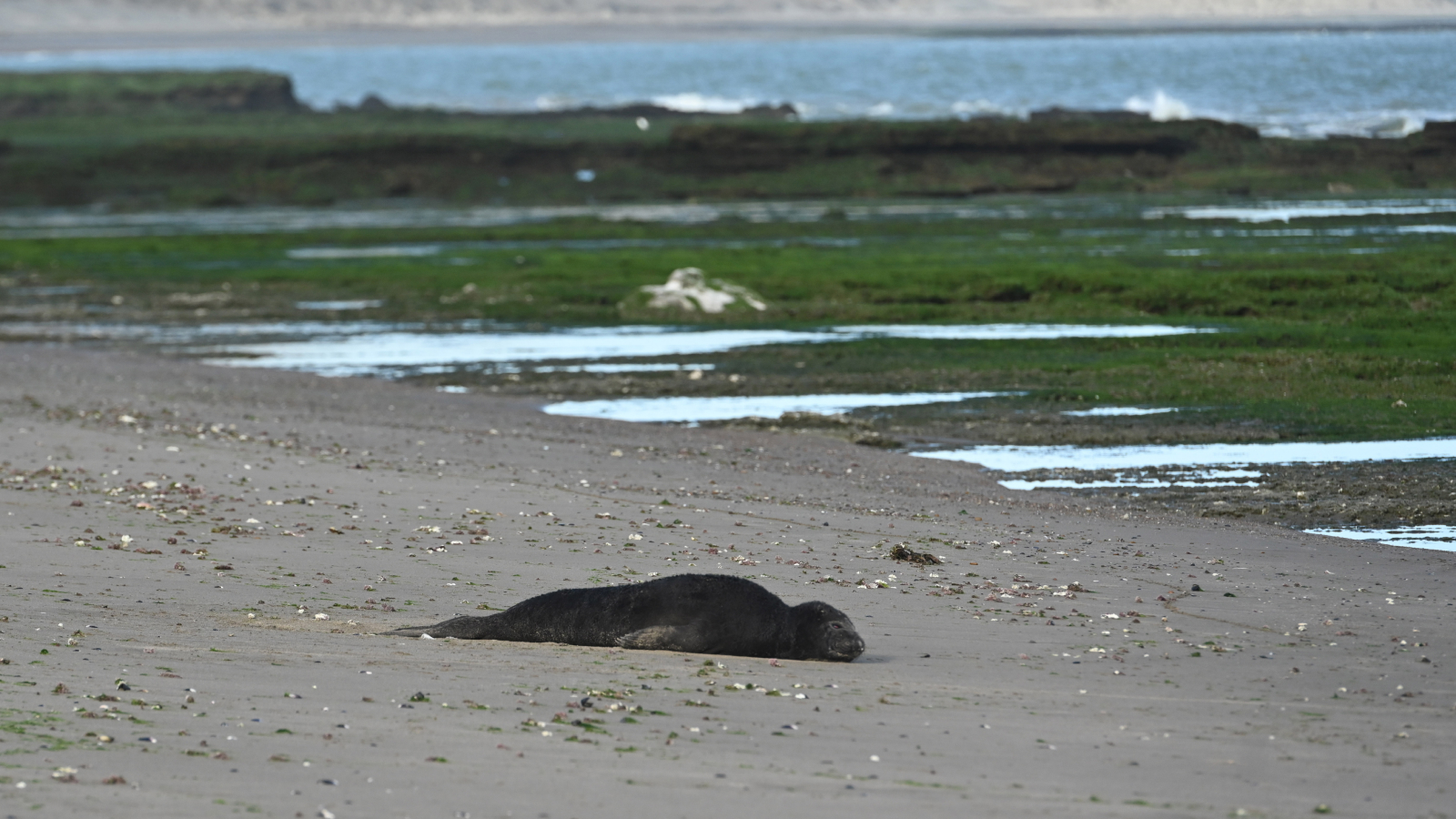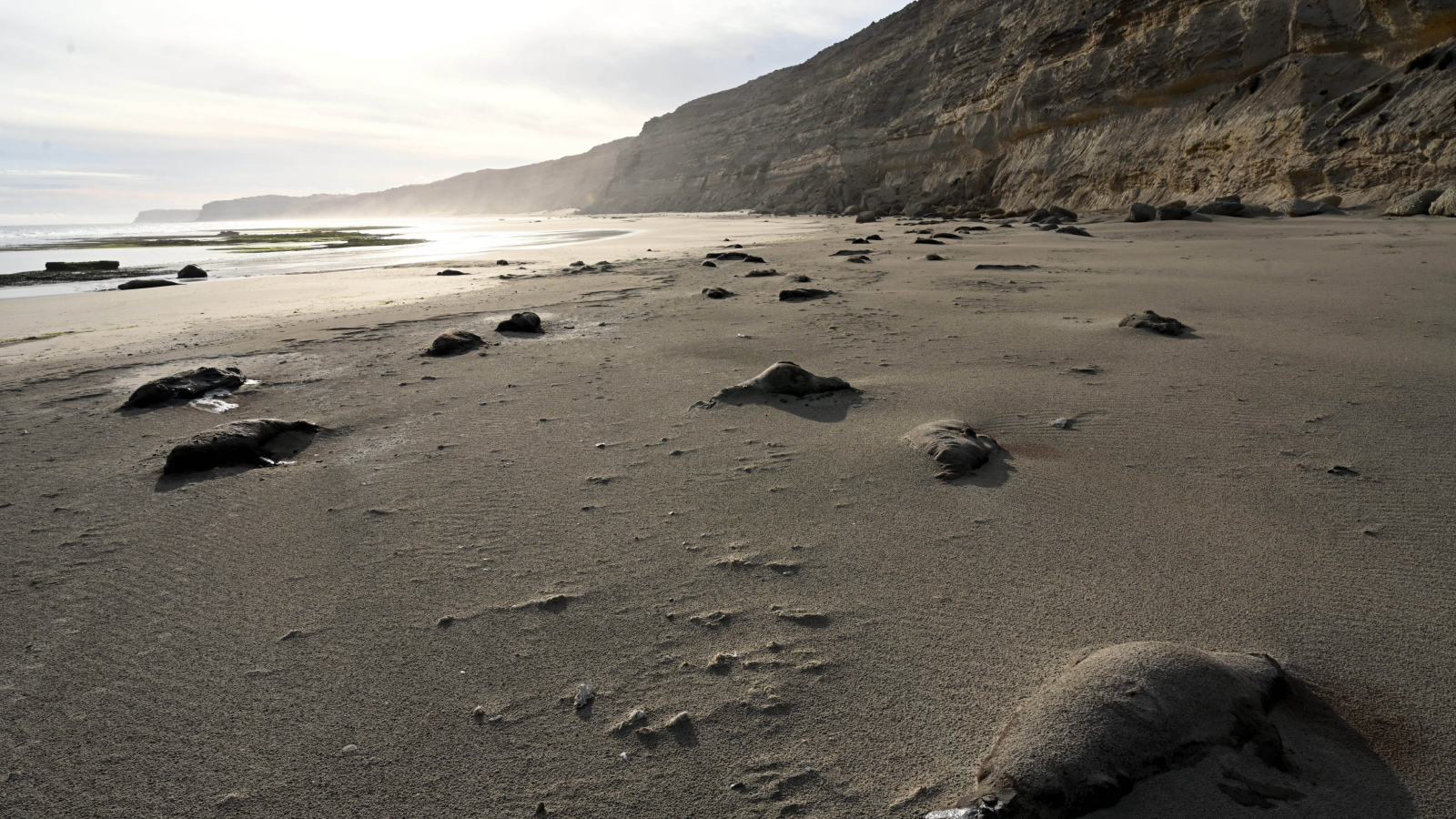
Over 17,000 southern elephant seal pups — accounting for 95% of the pups born last year — have died from a highly virulent strain of H5N1, known as bird flu, in a mass death event on the Valdés Peninsula in Argentina.
The bird flu outbreak was officially confirmed by the Argentine Government Animal Health Service (SENASA), raising concerns among conservationists and scientists that the virus had mutated to be transmissible from mammal-to-mammal.
"I started to work with these animals in the '70s, and I have never seen something like this. Nobody has seen something like this," Claudio Campagna, a conservation researcher at the Wildlife Conservation Society (WCS) in Argentina and lead author of a new study on the mass die off, told Live Science.
In the paper, published Dec. 25 in the journal Marine Mammal Science, the researchers report a "catastrophic" mortality of southern elephant seal pups (Mirounga leonina) in November 2023. These pups are usually born from September to November and stay with their mother for around three weeks.
Field data was taken from three areas along Valdés Peninsula, which consists of about 310 miles (500 kilometers) of coastline. "We found that 96% of pups in sample areas had died, and we know that in 2022, about 18,000 were born so virtually all production was lost," Campagna said.

The researchers don't yet know how adult elephant seal populations have been impacted by the virus, but the paper recorded 46 adult deaths in a high-density beach, where a single death during a typical year would be rare.
Infected animals showed neurological and respiratory symptoms, such as head tremors, nasal discharge and a lack of coordination.
The researchers are now considering that transmissions are occurring between mammals. Scientists had previously assumed that mammals were being infected from contact with birds through fecal matter or their dead carcasses. But Campagna pointed out that pups mainly nurse from their mothers, and therefore would not be consuming infected birds.
Mammal-to-mammal transmission "is how you can explain such a large number of dead pups," he said.
The same virus is responsible for other mass mortality events in South America, including thousands of sea lion deaths in Peru, Chile, Argentina, Uruguay and Brazil.
Campagna said it is also possible that the virus made the mammal-to-mammal jump when it was passed from sea lion colonies to elephant seals.
The mass death of seal pups could impact the population for years to come. Southern elephant seals take an average of three to six years to sexually mature, meaning colonies may face drastically reduced numbers in 2026 to 2027, when fewer juvenile seals can be recruited into the breeding population.
The WCS plans to count the entire population in September. "Then, we will have an accurate number of females that are left," Campagna said. "Perhaps it will be good news and the mortality is not going to be that high."







